There’s a long tradition of great architects never building a single thing. They’re called paper architects, because their work is purely 2D. But today, you might look for them working somewhere else: video game design and 3D visualisation.
An architectural visualisation artist named Ronen Bekerman has been at the centre of that shift. Bekerman runs a popular blog that has becoming a clearinghouse for visualisation work, whether for video games or actual architecture. “The gaming world, much like film, offers architects to be dreamers and get those dreams done without limits,” Bekerman told me recently, pointing to people like Joseph Kosinski, an architect by training who now directs films like Tron. “I can see how this will attract more architects and architectural visualisers into the gaming world, leveraging their design skills in the process.”

Picture: Bertrand Benoit
After all, there’s less and less of a difference. Virtual reality, along with traditional video games, are getting far more photorealistic and detailed when it comes to scene-setting. Architects rely much more heavily on beautiful renderings that evoke emotions and a storyline to sell their designs. These two traditionally separate fields are finding a lot in common.
Bekerman’s online hub, where he features work by designers, forums, tutorials, and competitions, is a great example of that melding of worlds. He also runs annual challenges where he asks readers to create a digital space using a particular software or engine.
A rendering done with Unreal Engine.
For example, this summer he’s staging a competition that asks readers to design a vineyard and winery. It’s a great illustration of what makes this corner of the internet so interesting: If you enter, you have to actually design the building and landscape of this imaginary place — the traditional job of the architect or landscape architect. But you also have to render those designs using Unreal Engine 4, the latest version of the game engine that includes a whole suite of game development tools, including visual effects and animation. The whole shebang is being sponsored by the chip-maker Nvidia.
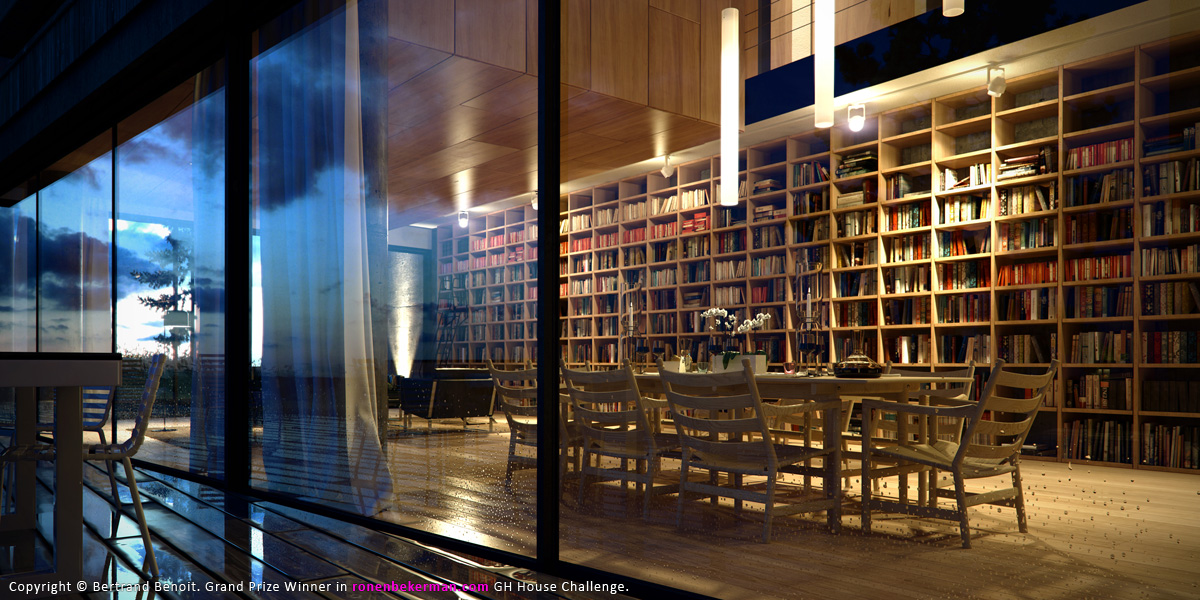
Picture: Bertrand Benoit
Another recent challenge asked readers to design a cantilevered home with a pre-modelled kit of parts built in Google Sketch-Up. It was the digital equivalent of prefabrication — except the pieces were all imaginary, digital blocks that entrants had to download and put to work without altering. The results were fascinating:

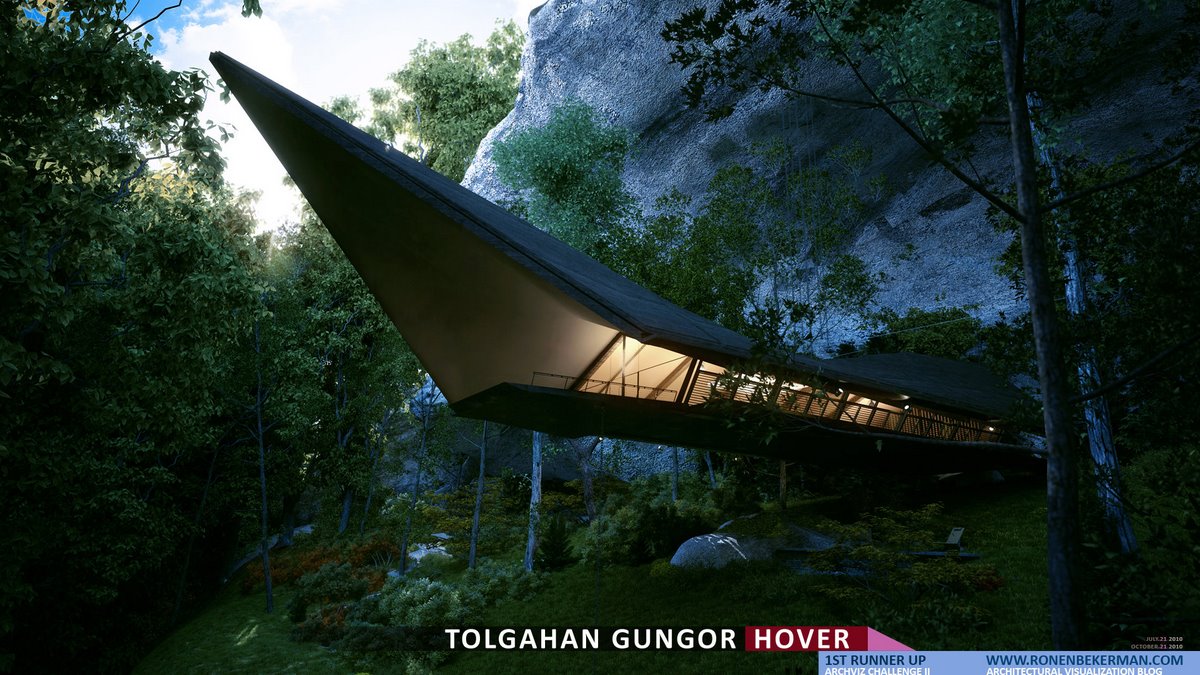
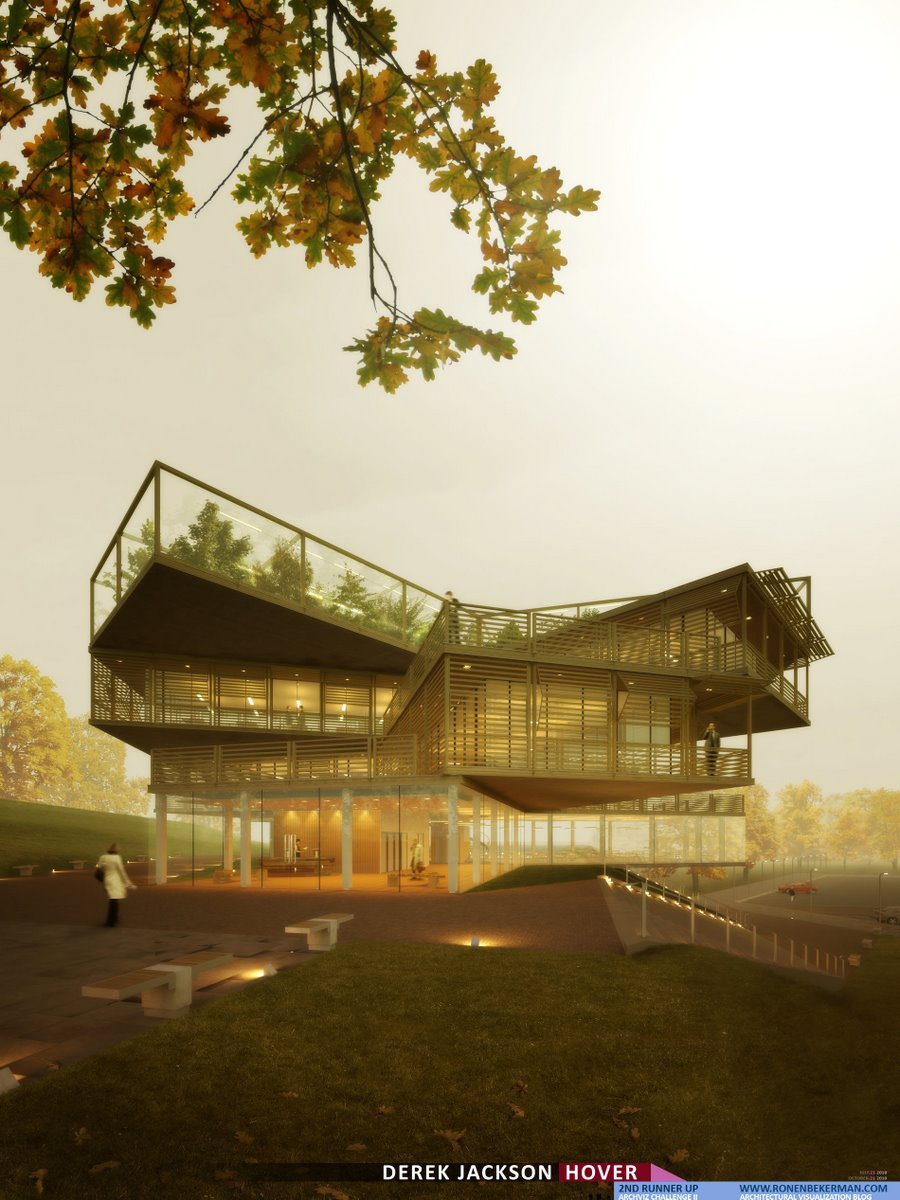
Another early challenge asked people to create a real-time animation or a still of a classic piece of modern design: Mies van der Rohe’s New National Gallery, in Berlin during an “event of their choice.”
The New National Gallery was built in 1968 — it’s a strange, beautiful, weirdly metaphysical place, sandwiched between the stone floor and a heavy steel roof, with plate glass walls and a reflective, glassy floor. Bekerman asked entrants to show him “the life of the building”, including not only the architecture but the “emotive value” of the scene. One winner showed the building during a Porsche show, another during an art installation. A third showed Mies himself haunting the periphery:



From top, images by Dimitar Dimitrov; Bertrand Benoit; Jamie Holmes.
The winning animation, by a 3D artist in New York named Wenjun Yu who has worked both as an artist and an architect, walks us through the life of the building. It almost feels the introduction to a game or film:
Other challenges clearly skew towards the game development world, on the other hand. One asked readers to create still or animated images of the life of a city — motion, characters, seasons, everything you’d need to set a film. Some winners really did feel like stills from films, others looked like the set stages for a game about citybuilding.
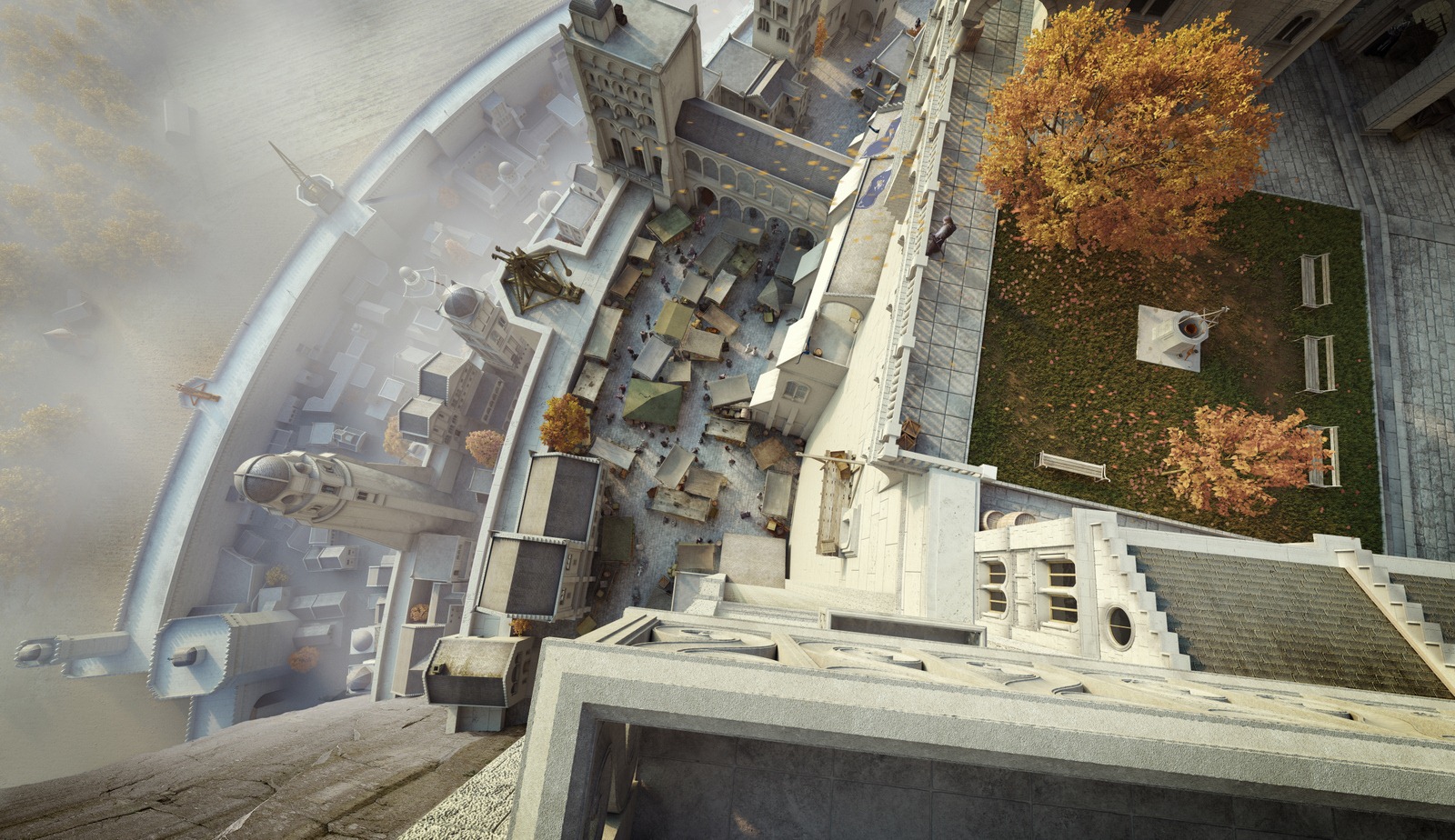
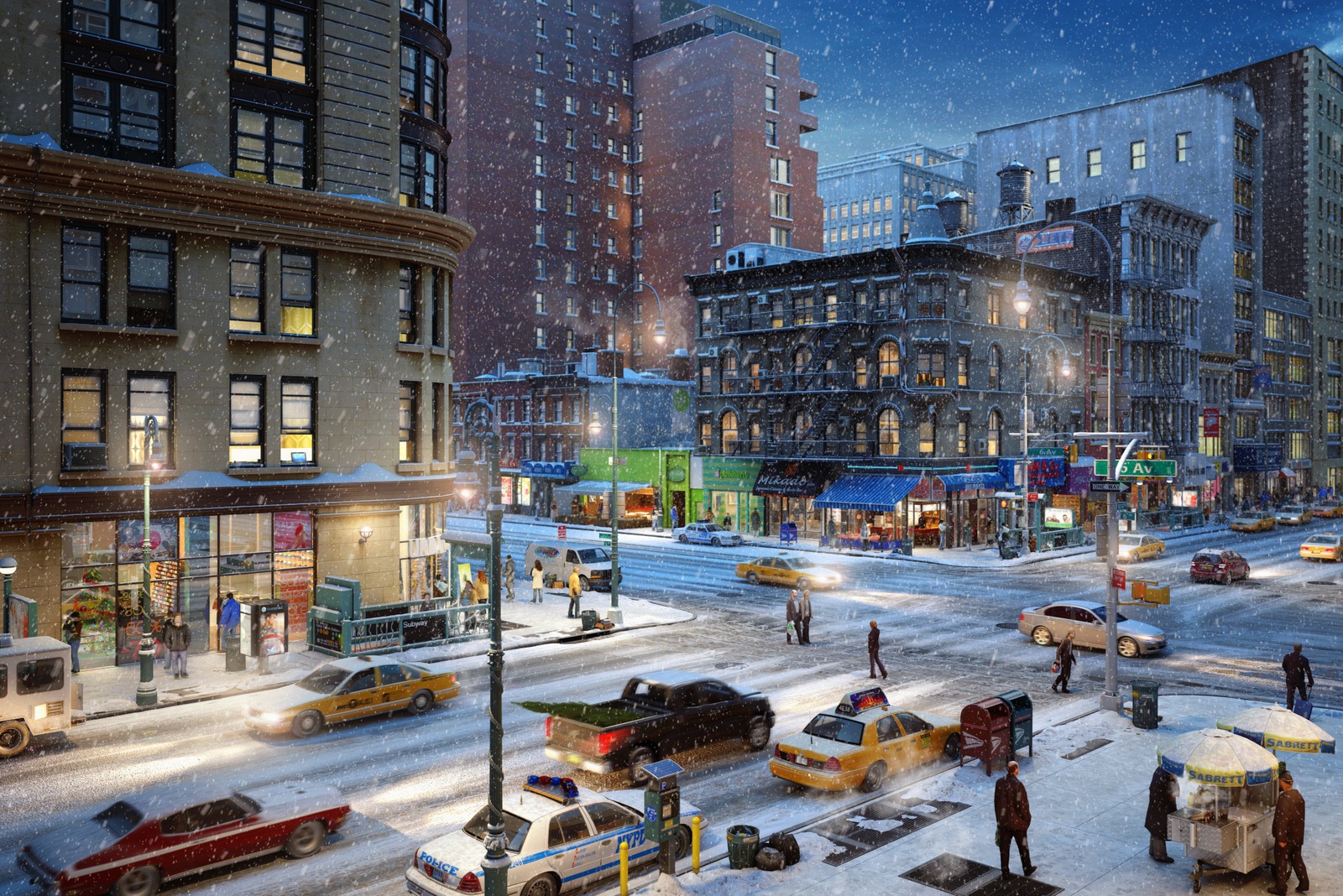
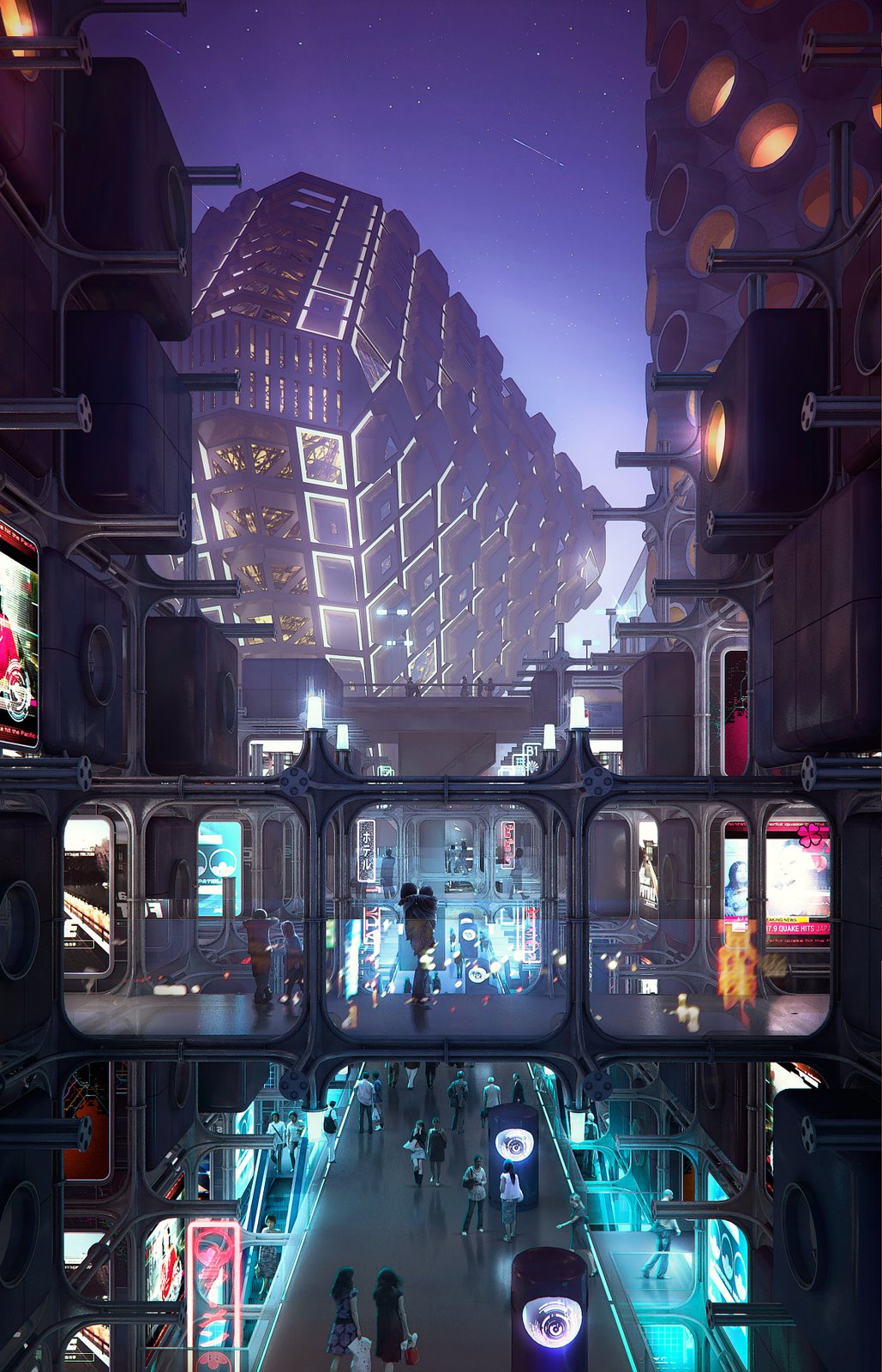
Images from top by: Thomas Hauchecorne; Egor Goray; Jean-Marc Emy.
Bekerman’s challenges require a unique mixture of game development skills and architectural know-how, and it’s designed to attract people from both industries. In reality, there’s less of a divide than you might think. After all, game designers and architectural designers use the same tools, the same rendering engines, even the same farms to process their work. There’s clear storytelling going on in most of these challenges — just look at these winners from another competition:
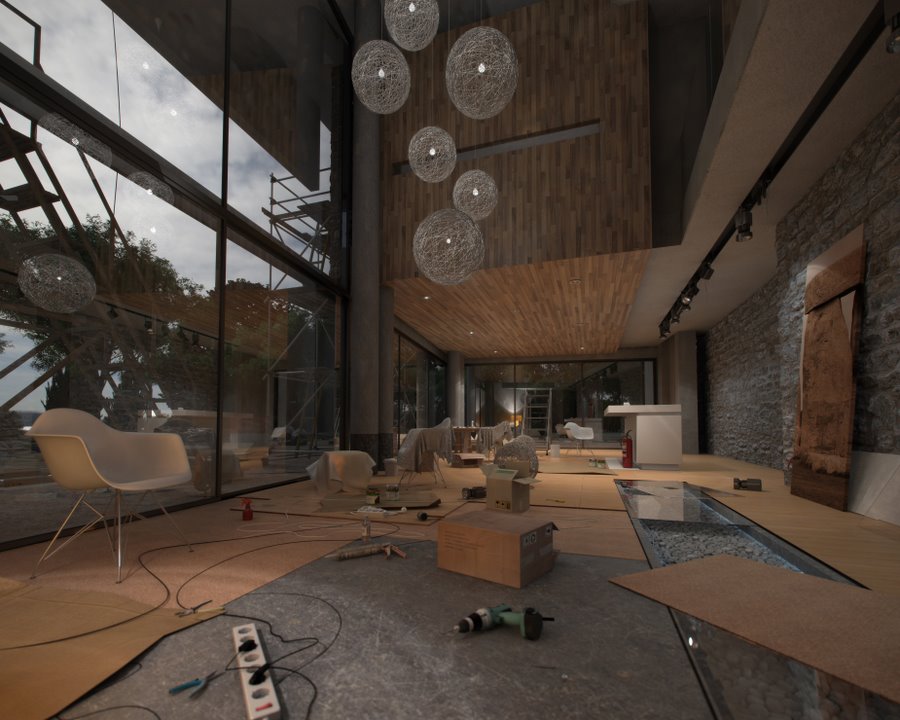

Images: Ivo Sucur; Chris Labrooy.
So, why are so many young architects attracted to architectural visualisation? It’s been almost a decade since the financial crisis of 2008, which struck the architecture and construction market particularly hard, and it’s not nearly as difficult for a young designer to find a job as it was seven years ago. But in the interim, a lot has changed about the way people experience space: Augmented reality and virtual reality are commonplace. Video games are far more ubiquitous in culture at large. Rendering software gets more advanced and easier to use very year — while processing power increases exponentially.
And perhaps most importantly, the rendered image — the one that sells the client on a design, that convinces the community, that acts as a vanguard of a building before it’s built — has become currency, a development that is both interesting and potentially troublesome. Critics have pointed out that while students are getting incredibly good at making images of buildings, they’re not learning the basic fundamentals of space-making and human design that creates great spaces in real life. At the same time, visualisation lets young designers flex their legs without costing them a dime.
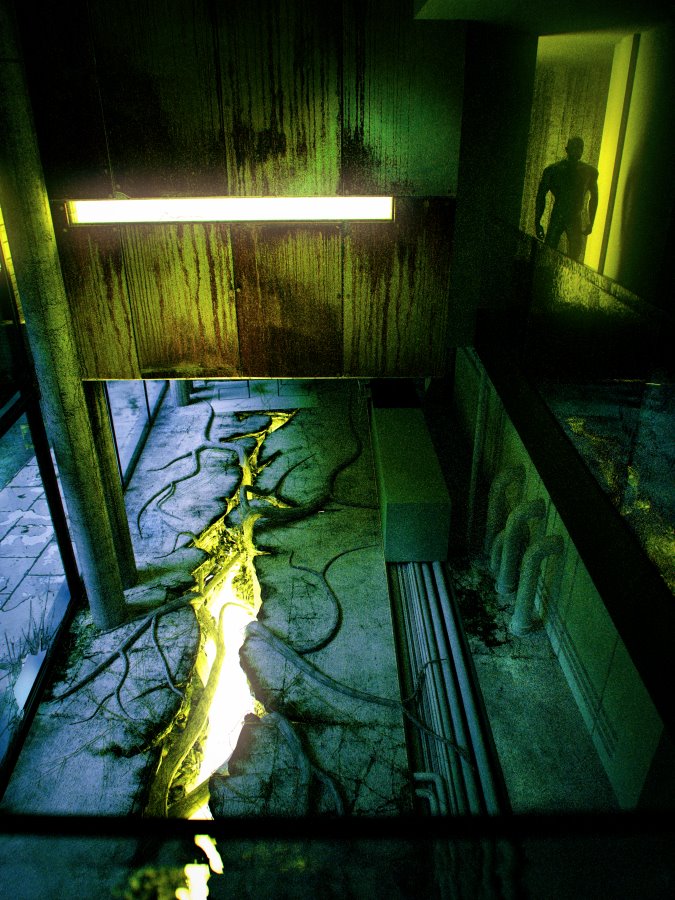
Picture: Tom Svilan
The tools that produce these renderings are diverging more and more from the traditional tools of the architect, too. A visualisation might take Maya, V-Ray, Maxwell Render, 3DS Max, or increasingly, video game engines. To actually build that model often involves a totally separate process and set of tools.
So in a way visualisation is becoming its own industry, a field that augments architecture rather than defines it. Bekerman says that it has the potential to augment the game design world, too. “It is also clear that gaming has a lot to gain from the architecture and architectural visualisation industry in its turn as well,” he explains. “I can see how Unreal Engine is going to be used on a regular basis in our field and when that will happen, architectural visualisation artist will have less friction transitioning to the gaming world and vice versa.”
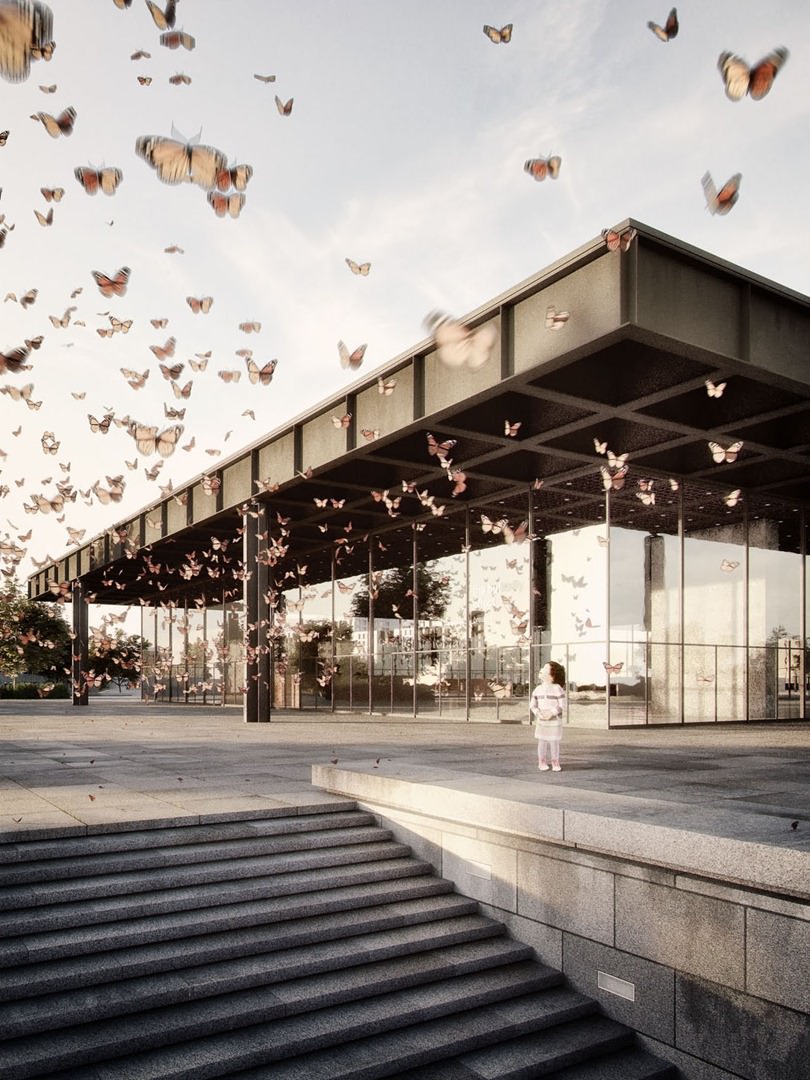
Picture: Stefan Hirschsteiner
So, yes, renderings have never looked more like real buildings. But the process behind those images has diverged, and blossomed, into a nascent industry itself. One that doesn’t really fit into any of the traditional silos of architecture, games, or art — but seems almost like an industry emerging to serve some medium that doesn’t quite exist yet.
